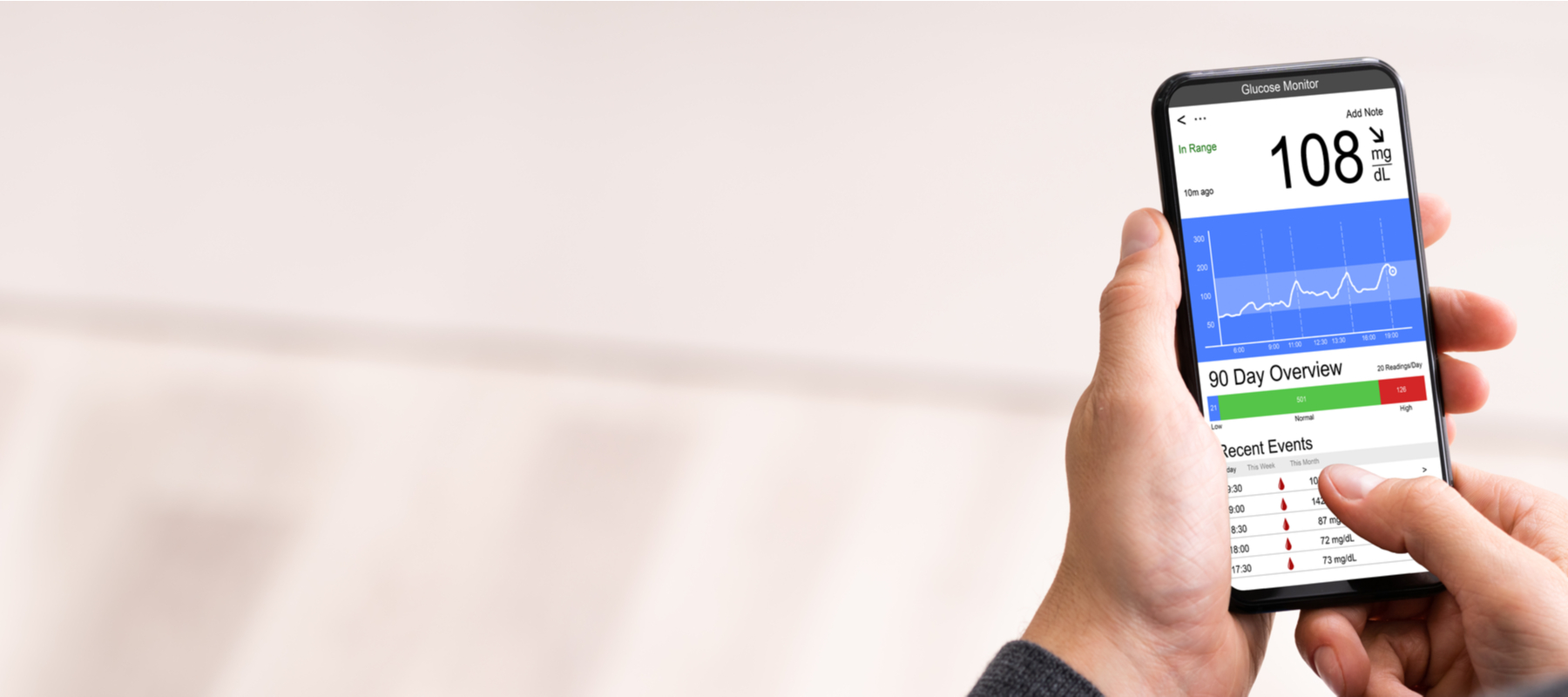Healthcare is undergoing a digital revolution and the numbers speak for themselves. Between 2015 and 2020, mobile health (mHealth) applications available on iOS and Android nearly doubled from 165,0001 to around 300,000.2 Some of healthcare’s most exciting advancements are being driven by the ability to collect, analyze, and use data via digital solutions, and the need for digital connection throughout healthcare systems has never been greater as a result of the COVID-19 pandemic.
The accelerated uptake of digital solutions since the onset of the pandemic is no more apparent than in the area of telehealth, probably one of the most talked about forms of healthcare digitization. In a report from the U.S. Centers for Disease Control and Prevention (CDC), a 154% increase in telehealth was observed in March 2020 compared to March 2019,3 whereas another study suggested that the increase in the use of telehealth among the commercially insured population in the U.S. could have been as high as 1,000% in March 2020 and 4,000% in April 2020, compared to the same month in previous years.4 This is understandable as, for most of us, COVID-19 has meant reduced access to healthcare and a reduced ability to seek medical advice as needed.
However, for people with diabetes (PWDs), digital solutions mean so much more. The most basic and useful functionality of many of the diabetes apps that exist, is that they allow the person using the app to simply and easily capture their blood glucose values electronically instead of recording them manually, which could be up to 10 times a day in people with type 1 diabetes.
Indeed, diabetes is a numbers-based condition. It almost always requires constant monitoring and management according to those readings and, even before the pandemic, most PWDs only saw their healthcare professional (HCP) for a few hours each year. This means that majority of their care is self-management and, as such, it is essential that they are equipped with the tools and knowledge to best manage their condition day by day.
To manage diabetes, you need to manage glucose levels in the bloodstream, which can be complex because it is affected by many interdependent factors including diet, age, exercise, medication, and even the weather!5 As many PWDs will know, pinning down the right glucose management strategy can be a tricky and often frustrating exercise, making the need for digital solutions that support and simplify this task increasingly more important.
The Current State of Diabetes Management Apps
Given that around 1 in 10 Americans have diabetes,6 it’s no surprise that approximately 2,000 apps are available in the U.S. alone to support diabetes management.7 Without regular face-to-face interactions with HCPs, some of these apps enable PWDs to monitor their diabetes management, identify trends in blood glucose, and share data remotely with their HCPs.
Encouragingly, plenty of evidence shows that these mHealth apps really do work. As an example, in a real-world study of Ascensia’s CONTOUR®DIABETES app, it was found that use for over 180 days was associated with a reduction of hypoglycemic and hyperglycemic events,8 suggesting that digital tools enhance people’s ability to understand and regulate their blood sugars.
Digital solutions can help by recording and analyzing data, in turn making it easier to identify the connection between certain habits (be it sleep, diet, or exercise) and one’s glycemic patterns. By notifying users when an app detects patterns, PWDs can be empowered to make long-term and sustainable behavior changes, adjusting habits or insulin intake to better mitigate risks.
PWDs also benefit from being able to collect data from multiple sources such as continuous glucose monitors (CGMs), electrocardiograms, and other wearables into the same digital landscape. After all, digital health is about connecting the dots between different devices, conditions, and treatments as well as between patients and HCPs.
All stakeholders, from digital health startups to national healthcare providers, play a role in ensuring that their devices and systems integrate together and are easy to use. Only through partnership and collaboration can we truly improve the quality of life for people managing chronic conditions and this is a lesson for healthcare that stretches far beyond diabetes.
The Evolution of Digital Diabetes Connected Solutions
A key advancement in diabetes that digital solutions are responsible for is personalization. Diabetes management is far from one size fits all, but mHealth helps to enable PWDs to tailor treatments to their bespoke needs by providing more comprehensive and complex analysis of data. Artificial intelligence, for example, has the potential to do this by using data from PWDs to evolve and adapt individualized diabetes management advice or coaching.
Digital coaching is particularly pertinent for those with type 2 diabetes (T2D), where holistic management programs combining diet and exercise are of upmost importance. Virta Health’s individualized nutrition therapy for people with T2D is a good example. Its platform provides PWDs with recipe recommendations and nutrition tips based on patterns recorded in its app, with the aim of reducing dependence on diabetes medication. The overall use of digital coaching is estimated to increase in diabetes management from 240,000 users in 2017 to as many as 3.8 million by 2022,9 another example of healthcare’s digital revolution.
These examples briefly touch on some of the many significant improvements that digital solutions are providing in diabetes. While the ongoing pandemic has turbo-charged digital health adoption trends across the spectrum, the impact on diabetes has been significant. These advances are unlikely to fall out of fashion once we reach a “post-COVID world,” as people realize the profound benefits digital solutions can have on health.
A 2018 report forecast that in 2022, 23.5 million people will be using diabetes apps worldwide, which contrasts to 6.1 million in 2017.10 But with an estimated 463 million adults with diabetes across the world11 adapting to an increasingly digital landscape in response to the pandemic, perhaps the actual number will end up exceeding that predicted figure.
References:
1. App Annie Intelligence, accessed September 2020.
2. IMS Institute for Healthcare Informatics, 2015.
3. Koonin LM, Hoots B, Tsang CA, et al. “Trends in the Use of Telehealth During the Emergence of the COVID-19 Pandemic — United States,” January–March 2020. MMWR Morb Mortal Wkly Rep 2020;69:1595–1599. DOI: http://dx.doi.org/10.15585/mmwr.mm6943a3external.
4. Whaley CM, Pera MF, Cantor J, et al. “Changes in Health Services Use Among Commercially Insured U.S. Populations During the COVID-19 Pandemic.” JAMA Netw Open. 2020;3(11):e2024984. http://dx.doi.org/10.1001/jamanetworkopen.2020.24984.
5. https://www.diabetes.org.uk/guide-to-diabetes/managing-your-diabetes/hot-weather.
6. Centers for Disease Control and Prevention. “National Diabetes Statistics Report, 2020.” Atlanta, GA: Centers for Disease Control and Prevention, U.S. Dept. of Health and Human Services; 2020.
7. App Annie Intelligence, accessed September 2020.
8. “Impact of Real-world Use of the CONTOUR®DIABETES App on Glycemic Control and Testing Frequency,” A, Stuhr and S. Pardo, Poster presented at the Diabetes Technology Meeting 2018.
9. Digital Diabetes Care Market 2018-2022. Research2Guidance (September 2018).
10. Digital Diabetes Care Market 2018-2022. Research2Guidance (September 2018).
11. International Diabetes Federation. IDF Diabetes Atlas, 9th edn. Brussels, Belgium: International Diabetes Federation, 2019.







